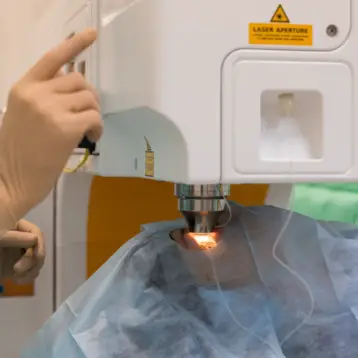|
Many researchers tried to produce a cure for cancer based on agelastatins, due to the unique features they have. Now, a team of chemists from the Massachusetts Institute of Technology (MIT), found the shortest and most productive way to synthesize all six of the known agelastatins. The team is led by Associate Professor Mohammad Movassaghi, and it published its results in the online edition of the journal Chemical Science.
Agelastatins have been shown to inhibit cancer-cell proliferation by interfering with cell division. They also repress an enzyme known as glycogen synthase kinase-3, a potential target for treating Alzheimer’s disease and bipolar disorder.
The third and fourth agelastatins discovered are called agelastatins C and D. The scientist who found them, Tadeusz Molinski, commented on this latest work, saying: “Movassaghi’s very elegant synthesis demonstrates a nicely scalable, multi-gram preparation of all the known agelastatins.” Molinski thinks that the new synthesis will allow researchers to produce enough of the compounds to test them as cancer drugs.
Scientists speculate that sponges, or bacteria that live in symbiosis with them, release agelastatins into their watery environment to warn other sponge species not to colonize the area. “[Agelastatins] have a very broad range of biological activity,” said Movassaghi. “The sponges are not interested in treating cancer or Alzheimer’s, but the agelastatins are potently active against them.”
Agelas sponges – the focal point of this study – are hard to obtain; they are most common in the Coral Sea and Indian Ocean. The lack of sufficient material made this challenging research even more cumbersome. Since these sponges were first discovered, chemists have reported about a dozen ways to produce one or more of the compounds, but none of the chemists have been able to produce all six. The MIT team can do so, and in relatively large quantities — a gram per reaction batch.
According to the paper, the reaction begins with a commonly available starting material, aspartic acid. The synthesis requires seven steps to produce agelastatin A, the first discovered and most potent of the compounds. Agelastatin A can then be converted to agelastatins B, C, or E. The synthesis can also be altered slightly to produce D, which can then be converted to F.
The design of the synthesis tried to mimic the way they believe the sponges naturally produce agelastatins. Each agelastatin contains four rings, known as A, B, C, and D, and most chemists have used syntheses in which the C ring forms before the B ring. The MIT team formed the B ring first, and the C ring last. The C ring is the only ring made solely of carbon atoms (all of the others contain at least one nitrogen atom), and it is where all four of the molecule’s stereocenters are found. (Stereocenters are atoms around which the molecule can take different three-dimensional orientations.)
The research relies on previous studies, which theorized that the biological synthesis of agelastatins would use precursors with an electron-deficient carbon atom in the fourth carbon position and a carbon atom that wants to share its electrons in the eighth position. Movassaghi switched those features.
While this latest study brings scientists a step closer to producing effective drugs, a lot of work remains to be done. To show whether sponges do the same series of steps, more experiments are needed; researchers should label the precursors with isotope tags, give them to the sponges and follow where the isotopic labels end up. Moreover, since some of the steps of Movassaghi’s synthesis require high temperatures or acidic conditions, it would be difficult for other researchers to emulate his path. However, in his paper he recommends utilizing biological conditions to achieve the same reactions, namely enzymes to catalyze processes.
The next phase in the study includes collaboration with the pharmaceutical industry to test the biological activity of the compounds, with an emphasis on their anti-cancer activities. Using the new synthesis, the researchers should be able to easily produce variants not found in nature that might have even more powerful effects. According to Movassaghi, the synthesis should also provide a good starting point for possible future large-scale production, if the need arises.
TFOT covered several developments regarding cures for cancer, including the curing ability of arsenic, studied at the University of Dundee, and the creation of a cancer resistant mouse by researchers from the University of Kentucky.
For more information about the potential cancer drug based on sponges, see MIT’s official press release.










